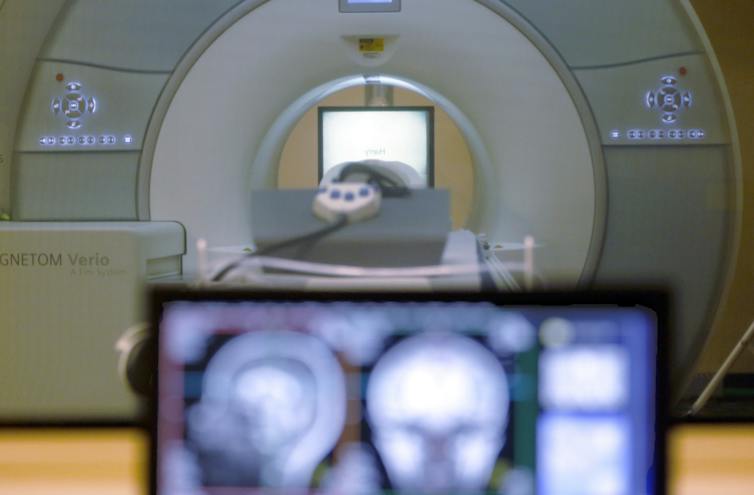The next time you pick up balloons for your big party, remember the helium gas in those balloons is destined for the stars. Helium is so light that it easily escapes Earth’s gravity, and all helium will eventually make its way into space. Like fossil fuels, helium is a limited resource.
Helium shortages have become an acute problem for many researchers. Since early 2022, a variety of factors have put pressure on the global helium market, including the potential sale of the U.S.’s publicly held helium reserves and production infrastructure, sanctions against Russia and a series of breakdowns at helium plants.
Four helium shortages have occurred over the past decade, and these disruptions affect several high-tech industries. Beyond inflating balloons, helium plays a part in welding for certain metals and in making semiconductors.
Medical imaging and chemical analysis research also use helium. Liquid helium cooled to minus-450 degrees Fahrenheit (minus-268 degrees Celsius) keeps the superconducting magnets in instruments like magnetic resonance imaging, or MRI, and nuclear magnetic resonance, or NMR, systems cool.

MRI machines need liquid helium to keep the magnetic field functioning.
AP Photo/Keith Srakocic
Helium shortages put pressure on many industries, and when a shortage hits, helium costs can spike dramatically. Even consumers can be affected – prices for inflated party balloons and helium tank kits have increased substantially.
Helium in research – a cold conundrum
Both MRI and NMR instruments require extremely strong magnetic fields to operate. The most efficient way to generate those fields uses superconducting wire. A superconducting electrical current generates a magnetic field, and once started, these currents can continue for decades without additional electrical input.
But there is a catch. Without liquid helium, the wires quickly warm up. Over time, the helium used to cool the magnets evaporates. The superconductivity goes away, and the magnetic field dissipates.
Earlier this year, LK-99, a potential new room-temperature superconductor made headlines worldwide. Such a material, if found, could eliminate the need for helium in MRI and NMR systems.
So far, LK-99 has not produced a breakthrough in superconductivity, although scientists are still hunting for new superconducting materials.
Until scientists find a functional room temperature superconductor, MRI and NMR facilities need helium. A small to midsize university or hospital may spend US$20,000 per year on liquid helium, as every few months, their liquid helium supplies need replenishing.
Larger facilities need more, and over the past two to three years, the price of helium has doubled. Some institutions have been forced to de-energize their instruments as a result. This process shuts down the magnetic field, effectively halting the instrument’s activity until the facility can buy helium again.



